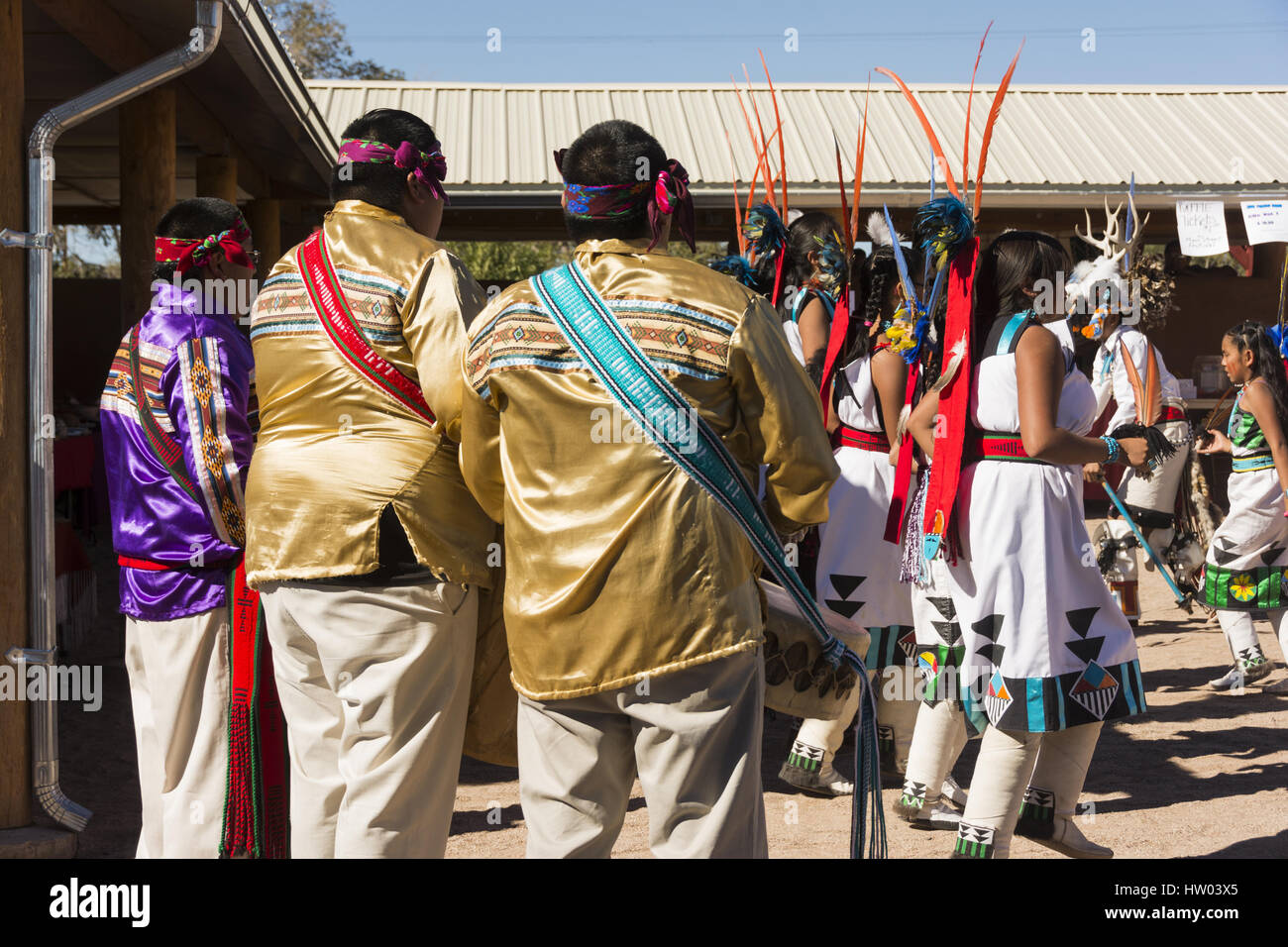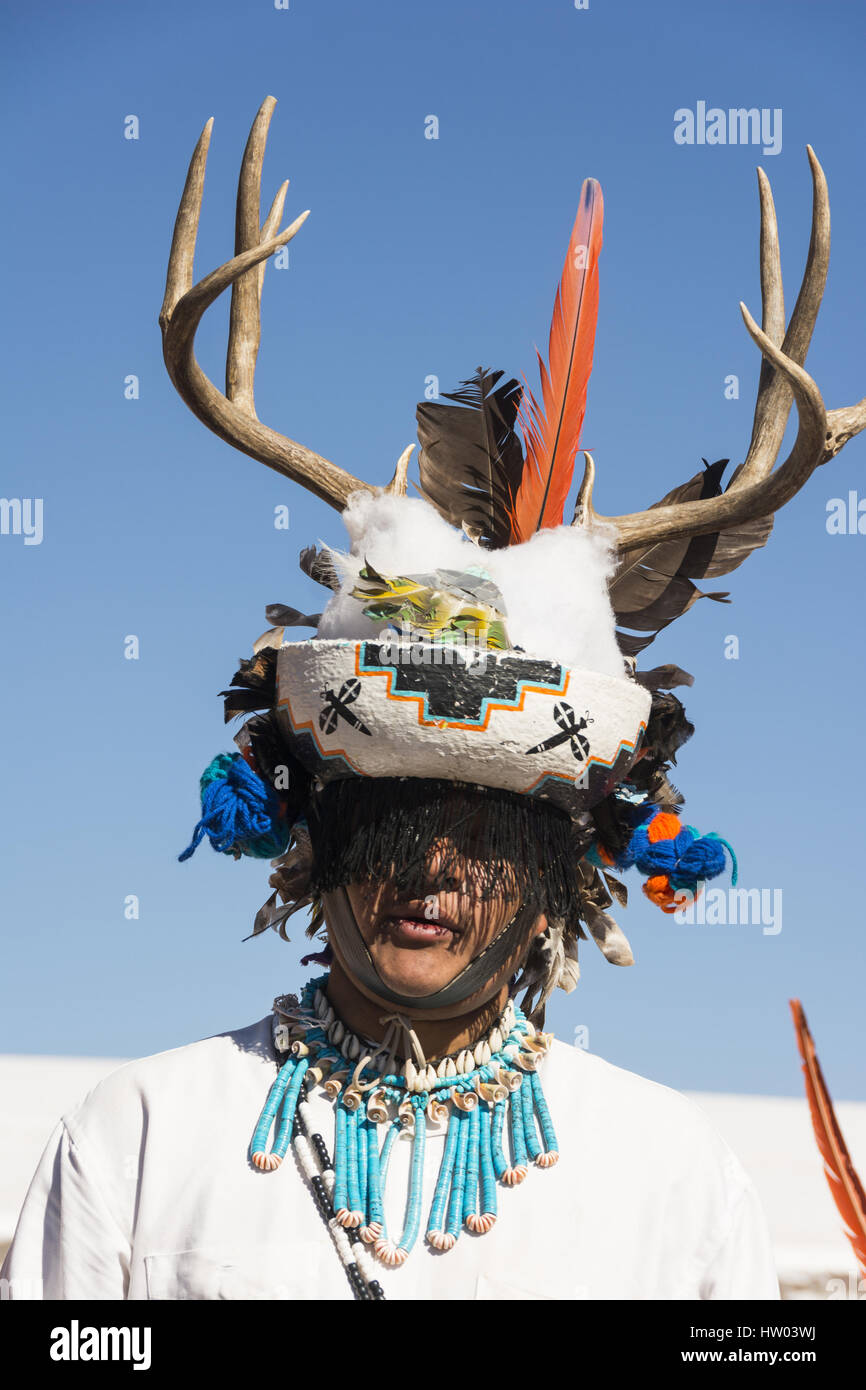
The Enduring Spirit: Zuni Pueblo’s Traditional Arts as Living Heritage
In the arid expanse of western New Mexico, nestled between the towering mesas and the vast sky, lies Zuni Pueblo, a vibrant testament to enduring cultural identity. For centuries, the Zuni people, or A:shiwi as they call themselves, have been renowned not only for their rich ceremonial life and deep spiritual connection to the land but also for their extraordinary artistic traditions. More than mere crafts, Zuni Pueblo traditional arts—from the intricate silver and stone jewelry to the distinctive pottery and powerful fetish carvings—are living expressions of history, cosmology, and an unwavering spirit, each piece whispering tales of ancestors and prayers for the future.
The Zuni people’s profound connection to their homeland and their ancient way of life is inextricably woven into the fabric of their artistic output. Unlike many other Pueblo communities, Zuni has largely maintained a degree of isolation, which has allowed its unique cultural practices and artistic styles to flourish with remarkable purity and continuity. This self-reliance and dedication to tradition are evident in every meticulously crafted item, transforming everyday objects and adornments into sacred artifacts and cherished heirlooms.
The Dazzling World of Zuni Jewelry: Precision and Symbolism
Perhaps the most globally recognized Zuni art form is their jewelry, celebrated for its unparalleled precision and intricate stone settings. While silverwork was introduced by the Spanish, the Zuni quickly adopted and revolutionized it, integrating their deep knowledge of stones and a unique aesthetic. Their jewelry is characterized by a mastery of inlay techniques, where meticulously cut pieces of turquoise, coral, mother-of-pearl, and jet are fitted together to form complex patterns, often depicting naturalistic scenes or geometric designs.
One of the most distinctive Zuni jewelry techniques is needlepoint and petit point. This involves cutting tiny, often teardrop-shaped or oval stones, typically turquoise, and setting them individually in delicate silver bezels around a larger central stone or in radiating patterns. The result is a breathtaking mosaic of shimmering color, requiring immense patience and an incredibly steady hand. "Each tiny stone is a testament to the artist’s dedication, a miniature prayer set in silver," observes Patricia Cheama, a Zuni cultural expert, emphasizing the meditative and spiritual aspect of the creation process. The sheer volume of stones and the fineness of the silverwork distinguish Zuni pieces, making them instantly recognizable.
Another hallmark of Zuni jewelry is their exceptional inlay work. This can range from channel inlay, where thin silver dividers separate precisely cut stones, creating a smooth, uninterrupted surface, to mosaic inlay, where individual pieces are shaped and cemented onto a backing, often with a slightly raised surface. The themes are often drawn from nature: birds (especially the Thunderbird), butterflies, flowers, and geometric patterns symbolizing rain, clouds, or mountains. These designs are not merely decorative; they carry deep cultural significance, invoking blessings, protection, or fertility.
Fetishes: Guardians of the Zuni Spirit
Integral to Zuni jewelry, and indeed a significant art form in its own right, are fetish carvings. These small, often exquisite, carvings of animals are believed to embody the spirit and essence of the creature they represent. Carved primarily from various stones—turquoise, serpentine, Picasso marble, alabaster, onyx, and even shell—Zuni fetishes are far more than decorative trinkets. They are considered living beings, imbued with power, and serve as companions, protectors, and sources of healing and guidance.
Each animal fetish holds specific attributes and powers. The bear, for instance, represents strength, self-knowledge, and healing; the wolf symbolizes loyalty, family, and success in hunting; the mountain lion embodies leadership and courage; the eagle signifies spiritual power and wisdom; and the mole represents the guardian of the underground. Many fetishes are adorned with small bundles tied to their backs, containing offerings of cornmeal, turquoise, or shells, further enhancing their spiritual potency. These bundles are prayers, ensuring the fetish’s power remains strong.
Zuni fetish carvers are revered within the community, their skills passed down through generations. Artists like the Leekya Deyuse family, and later the Quandelacy and Natewa families, have become legendary for their distinctive styles and mastery. "A Zuni fetish is not just a carving; it is a spiritual tool, a connection to the natural world and the unseen forces that guide us," explains one elder, whose family has carved fetishes for generations. The creation of a fetish is a deeply respectful act, acknowledging the spirit of both the stone and the animal it will become.
Zuni Pottery: The Earth’s Embrace

While Zuni jewelry garners much attention, their traditional pottery stands as an equally significant and aesthetically distinct art form. Zuni pottery is renowned for its elegant forms, meticulous hand-painting, and a unique decorative style that sets it apart from other Pueblo traditions.
Traditionally, Zuni pottery is made using ancient coil-building techniques, where long ropes of clay are coiled upwards, then smoothed and scraped into elegant shapes. The clay itself is sourced locally, often mixed with ground pottery shards (sherd temper) from previous generations, symbolically connecting new creations to the ancestral past. The firing process also remains largely traditional, conducted outdoors in temporary kilns, using wood or dung as fuel, which imparts a distinctive warmth to the finished pieces.
The most iconic Zuni pottery design is the deer with the heartline, a motif that dates back centuries. The deer is often depicted with an arrow or line extending from its mouth to its heart, symbolizing the breath of life and the spiritual journey. This motif, along with other stylized animals like birds and frogs, and geometric patterns representing rain, clouds, and corn, is painted using natural pigments. The predominant colors are a rich black, derived from wild spinach, and a deep reddish-brown, often from iron oxides, applied to a white slip background. The result is a striking polychrome effect, characterized by a bold, graphic quality and a sense of dynamic movement within the designs.
"Our pottery is born from the earth, shaped by our hands, and fired by the sun," states a Zuni potter, reflecting the deep reverence for materials and process. "Each pot holds the spirit of its creation, a vessel not just for water or food, but for our history and our prayers." Notable pottery families, such as the Ondelacy and Homasi families, have contributed immensely to the preservation and evolution of Zuni pottery, ensuring the continuation of these beautiful and culturally significant vessels.
Kachina Dolls: Embodiments of Spirit
Though often associated more strongly with the Hopi, the Zuni also have a vibrant tradition of carving Kachina dolls (or Kolowisi in Zuni). These carved figures represent the Kachinas or Kokko, benevolent spirit beings who visit the Pueblo during ceremonial periods, bringing rain, blessings, and guidance. The dolls are not toys but sacred representations, primarily given to children to educate them about the various Kachina spirits, their forms, and their roles in Zuni cosmology.
Zuni Kachina dolls are typically carved from cottonwood root, a lightweight and easily carvable wood. They are then painted with natural pigments and adorned with feathers, textiles, and other materials to represent the specific regalia of each spirit. While sharing some general characteristics with Hopi Kachinas, Zuni figures often exhibit distinct stylistic differences, including more stylized features, specific headdresses, and different color palettes reflecting Zuni aesthetic preferences and religious narratives. Each detail on a Zuni Kachina doll—from the mask to the symbols on its body—carries profound meaning, making them powerful teaching tools and cherished cultural artifacts.
Art as Prayer, Art as Life
What truly unifies and elevates Zuni traditional arts is the profound spiritual and cultural context in which they are created and utilized. For the Zuni, art is not merely an aesthetic pursuit or a commodity; it is an intrinsic part of their spiritual practice, a form of prayer, and a means of maintaining balance and harmony with the natural and supernatural worlds.
Every piece of Zuni art, whether a finely carved fetish, a meticulously inlaid bracelet, or a beautifully painted pot, is imbued with intention and meaning. The materials themselves are respected as gifts from Mother Earth. The act of creation is often a meditative one, performed with respect and focused intent, drawing upon generations of inherited knowledge and spiritual understanding. This deep connection ensures that Zuni art remains authentic, resonant, and alive, serving as a powerful conduit for cultural identity and continuity.
Challenges and the Future of Zuni Arts
In the modern world, Zuni artists face both opportunities and challenges. The global demand for their unique creations provides economic sustenance for many families and helps preserve traditional skills. However, it also brings the pressure of mass production, the threat of cultural appropriation, and the difficulty of maintaining the high standards of traditional craftsmanship in a fast-paced market.
The Zuni Pueblo actively works to safeguard its artistic heritage. Programs are in place to teach young Zuni individuals the ancient techniques, ensuring that the skills and knowledge are passed down to future generations. Community workshops, cultural centers, and collaborations with museums help to educate both Zuni youth and the wider public about the significance and beauty of these traditions. "We are caretakers of these traditions," affirms a Zuni elder. "It is our responsibility to ensure that the spirit of our ancestors continues to flow through the hands of our children."
In conclusion, the traditional arts of Zuni Pueblo are far more than beautiful objects; they are a vibrant, living testament to the resilience, ingenuity, and profound spiritual depth of the Zuni people. Each piece, whether a glittering fetish necklace, a subtly painted pot, or a intricately carved Kachina, embodies centuries of history, a deep connection to the earth, and an enduring commitment to cultural preservation. To own a piece of Zuni art is to hold a fragment of their ancient spirit, a tangible connection to a people who continue to shape beauty, meaning, and prayer from the very essence of their land and their being. As the sun sets over the mesas, casting long shadows across the Pueblo, the quiet artistry of Zuni continues to flourish, a beacon of cultural strength and timeless beauty.


